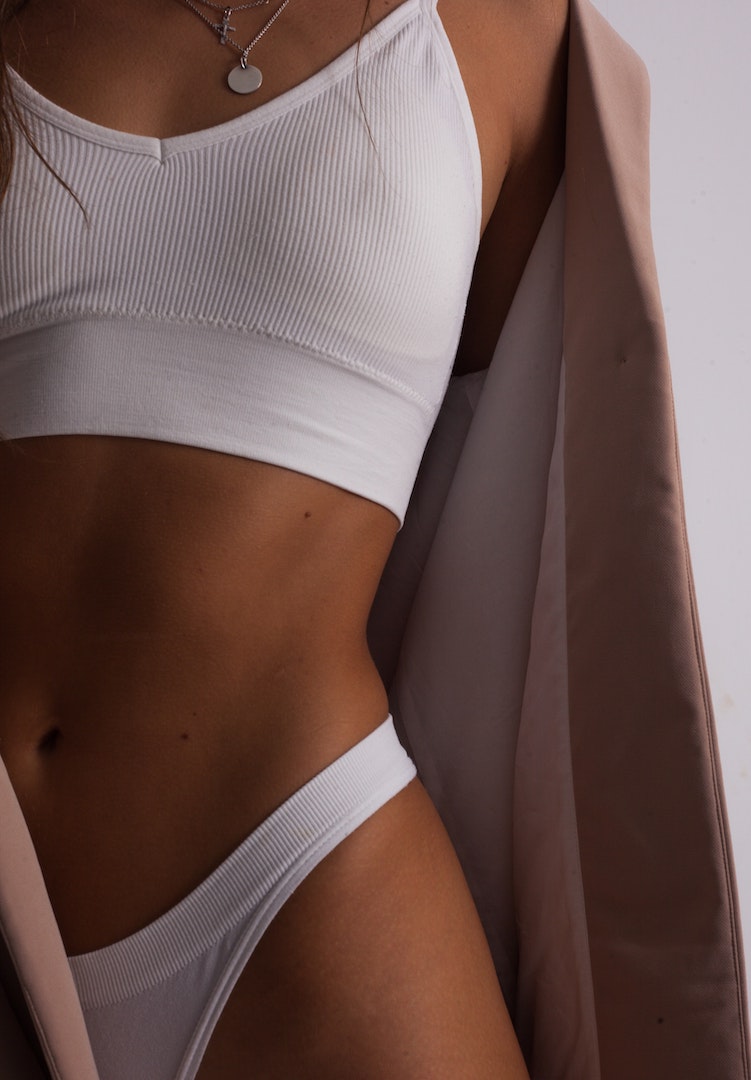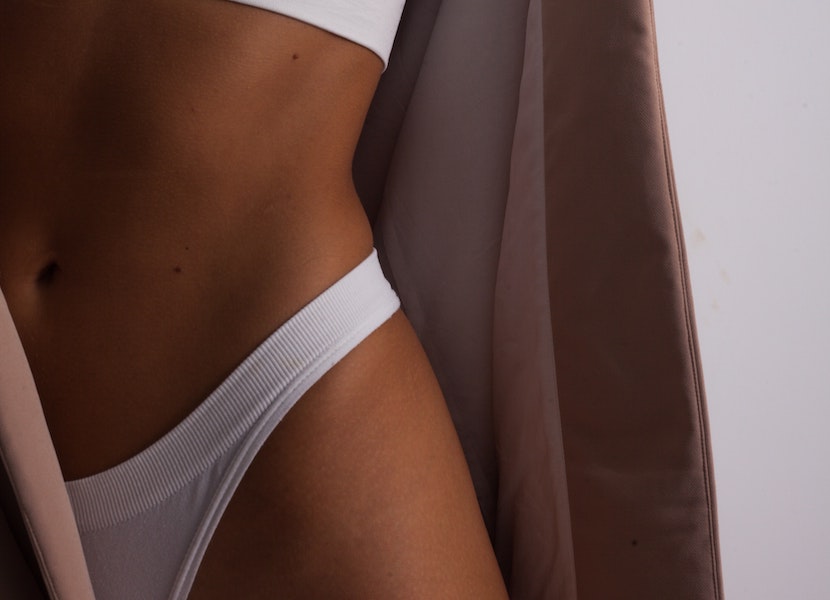Everything you need to know about squirting
Words by Evangeline Polymeneas
Super soaker.
Enter the Bigfoot of female sexuality – squirting, the most contentious capability of all. Some swear they’ve experienced it, others say it’s impossible or that it’s just pee while some say it’s the ultimate form of orgasm. And although I’d love to be able to put an end to all these myths and legends, it’s not quite as simple as that (is it ever?). Instead let’s go through the what, why and how.
For more sex advice, head on over to our Life section.
To help me along this journey to the centre of the vulva, I enlisted the help of sex coach Georgia Grace, who confirms that the jury is still out on squirting. “We still don’t have exact answers as to what this fluid actually is,” she says. “Some research has suggested that it is just plain urine, other research suggests that it is prostatic fluid that contains traces of urine – either way, it can be a very pleasurable thing for people to experience.”
What is squirting?
Although we don’t have any definite answers, what do we know? “Squirting is a pleasurable expression that people experience that’s not related to vaginal lubricants, so it’s not related to fluids expressed through the vagina or vaginal canal, but rather [is] fluid that is expressed through the urethral opening when you are aroused,” Georgia explains.
“Unlike what porn would show or lead us to believe, [squirting] doesn’t necessarily happen at the peak of orgasm, it can happen before, during or after orgasm. Some people use the words ejaculation or gushing to refer to squirting, but research suggests that they are actually different things. Ejaculate could look [like] more of a milky or cum-like consistency, where squirting may be waterier in its consistency and when we talk about gushing, it’s an expression that is enough to wet the whole bed.”
So what is this fluid? “Some studies have found that the fluid contains traces of urine, and this might be a combination of other fluids as well,” Georgia says, “but other research suggests that the fluid that is expressed is mostly prostatic enzymes.”
Is it pee or is it not pee, is not really the question, because it doesn’t matter. “I’m less concerned with trying to prove that [squirting] isn’t wee and rather just support people who are curious about exploring it. If you’re concerned about getting messy or wet, put a towel down or a squirt mat, and explore it. Sex involves fluids. It involves spit, sometimes snot, cum, lubricant, vaginal fluids. There is so much bodily fluid that comes with sex and this is just another one,” Georgia says.
“We can totally believe that a penis can cum and wee out of the same tube and not question it, so why are we so set on the fact that someone with a vulva can cum and wee out of the same tube and just allow it to be a very human and natural thing to experience.”
Why do we squirt?
Squirting is a way that some bodies express their arousal, and everyone is different. “When your body builds arousal, blood starts to flow to the G-spot or as [sex educator] Sheri Winston would like to call it, the groove tube. The groove tube is erectile tissue that wraps around the urethra and when you build arousal, this erectile tissue engorges and becomes bigger. It can also protrude from the vaginal wall,” Georgia tells me.
Essentially, when you stimulate yourself and take the time to build arousal in your body, some people’s bodies can express in a way that ejaculates, squirts or gushes fluid out from the Skene’s glands and out of the urethral opening (where you pee from).
How do you squirt?
This is the fun part. Whenever you’re trying something new sexually, it’s vital to relax and take the pressure off. If you’re so focused on trying to squirt chances are you’re not having the sexiest of thoughts, so breathe, relax and get touching.
“I’ve heard that people have squirted from using Quinn, Normal’s clitoral stimulator that feels like oral sex and uses bursts of air to stimulate the clitoris,” Georgia tells me, and which I immediately add to cart.
“There could be infinite ways to explore squirting. If you’re curious about it, the first thing is to create the context where you will be really relaxed. Create an environment where you can release your pelvic floor, release your body and relax into the moment.
“It’s always really useful to stimulate multiple erogenous zones – stimulate your breasts, your neck, your full body, to bring your whole body into the experience. Clitoral stimulation for most people with vulvas is vital for orgasm, whether that is throughout a sexual experience or just at the start, either way, it is incredibly powerful.”
Once you’ve built some arousal (taking the time to do so), the big guns come in – stimulating the G-spot. “Stimulating your G-spot in tandem with your clitoris is a great place to start if you want to explore squirting. Using a ‘come here’ motion, apply more pressure internally so you can build arousal there.
“Listen to your body. If you feel like you’re about to wee, just intend to relax and release into the moment, because [squirting] is from the same part that you wee from so it can feel really similar. I know how tricky this can be because we’ve been told our whole lives ‘Do not let go of your pelvic floor, do not wee unless you’re on a toilet’ so it can feel counterintuitive. But if you have your towel down, or are in the shower, which is a great place to start, it can be really exciting if you do feel that moment of ‘Oh, I’m about to pee’ – just relax and release into it. It does take a bit of practice,” says Georgia.
And lastly, it’s important to remember that quirting isn’t something that everyone with a vulva can do, so if it doesn’t happen, don’t sweat it. There are plenty of other ways to feel pleasure.
For more on squirting, try this.













